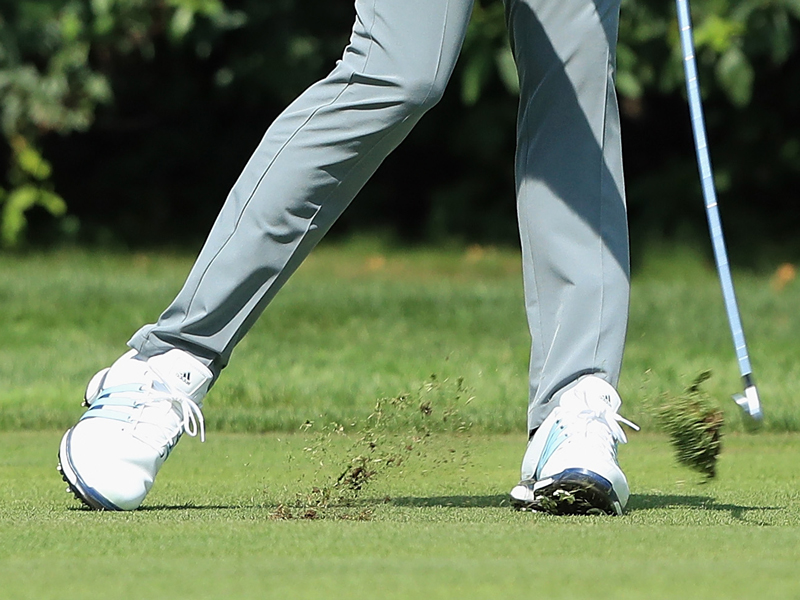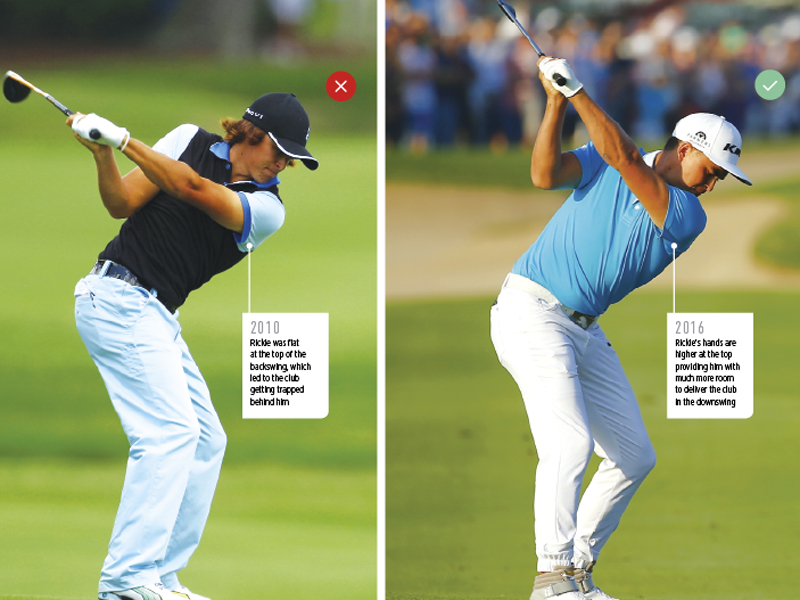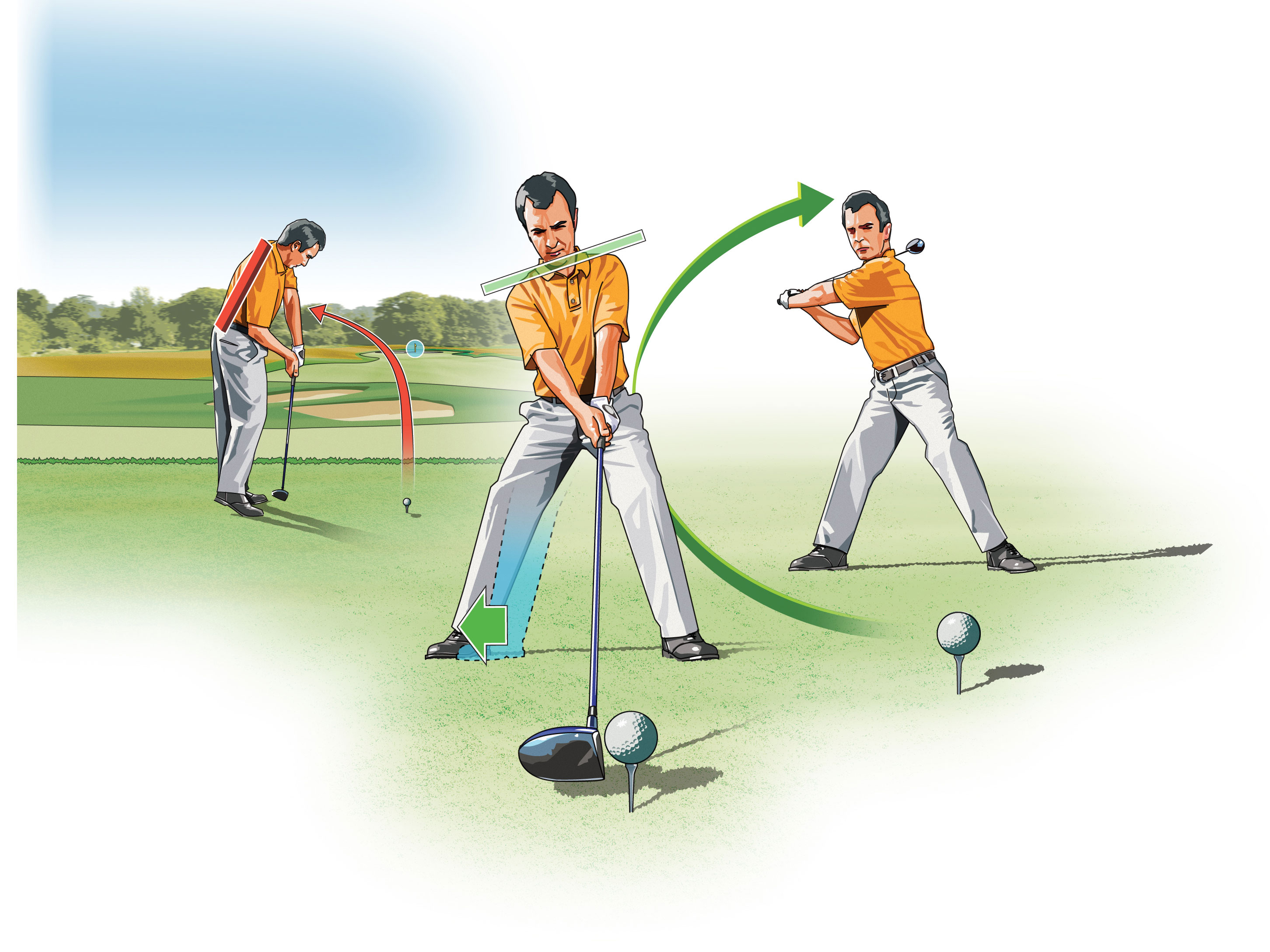Scare tactics: how to hit tight fairways
Golf Monthly Top 25 coach John Jacobs has some simple rhythm and timing tips to help you take your range swing to the course.


Golf Monthly Top 25 coach John Jacobs has some simple rhythm and timing tips to explain how to hit tight fairways.
How to hit tight fairways
Try these simple yet effective tips if you struggle for rhythm on tough drives and your range rhythm deserts you on the course when it matters.
On the driving range, many players swing the club with wonderful rhythm and timing. However, on the course, their swings often bear little resemblance. The reason is simple - pressure causes adrenaline and this, if you're not prepared for it, can kill your rhythm.
Yet rhythm and timing are among the most important things to maintain. The range is a flat field, rather than a shaped golf hole with all its associated pitfalls, so you feel more comfortable there.
On the course, first focus on where you want the ball to go, rather than where you don’t. It's hard (impossible) to block out the danger if it's looking you in the face so I'd suggest you acknowledge the danger but, just before you hit, visualise what the perfect shot would look like. See the flight, see the shape of the shot.
Get the Golf Monthly Newsletter
Subscribe to the Golf Monthly newsletter to stay up to date with all the latest tour news, equipment news, reviews, head-to-heads and buyer’s guides from our team of experienced experts.
Alternatively, instead of letting your eye be drawn to the trouble, try to get an image of the range in your mind.
Another great tip is to rehearse the swing without the club, keeping arms and hips working slowly and smoothly together in unison. Finally, step up to the ball and try to recreate that same rhythm and timing
Top tips
- Rhythm and timing are two of the most important things to maintain if you want to play good, consistent golf.
- The reason you find it easier to sustain an even-keeled tempo on the range because that range is a flat, open space rather than a shaped golf hole with trouble and pitfalls waiting to catch errant shots.
- It is important to focus you're mind on where you want the ball to go, i.e. the fairway, than where you don't want it to go, i.e. a hazard or OB.
- Try to then get the image of the the range in your mind and make a swing just like you would do in a practice session.
- Rehearse the swing without a club, ensuring you keep your arms and hips working at a smooth, slow pace together in unison.

Tom Clarke joined Golf Monthly as a sub editor in 2009 being promoted to content editor in 2012 and then senior content editor in 2014, before becoming Sports Digital Editor for the Sport Vertical within Future in 2022. Tom currently looks after all the digital products that Golf Monthly produce including Strategy and Content Planning for the website and social media - Tom also assists the Cycling, Football, Rugby and Marine titles at Future. Tom plays off 16 and lists Augusta National (name drop), Old Head and Le Touessrok as the favourite courses he has played. Tom is an avid viewer of all golf content with a particularly in depth knowledge of the pro tour.
-
 JM Eagle LA Championship Prize Money Payout 2025
JM Eagle LA Championship Prize Money Payout 2025The LPGA Tour heads to California for the JM Eagle LA Championship, where the largest prize money payout of the season so far is on the table
By Mike Hall
-
 Corales Puntacana Championship Prize Money Payout 2025
Corales Puntacana Championship Prize Money Payout 2025The PGA Tour’s latest opposite field event features an attractive prize money payout and some former champions in the field
By Mike Hall
-
 5 Biggest Short Game Mistakes
5 Biggest Short Game MistakesBy Clive Tucker
-
 Step-by-step guide to playing the punch
Step-by-step guide to playing the punchBy Neil Tappin
-
 Where should my divots start?
Where should my divots start?By Neil Tappin
-
 Rickie Fowler Golf Swing Tips
Rickie Fowler Golf Swing TipsBy Neil Tappin
-
 Power fixes for golf
Power fixes for golfGolf Monthly Top 25 coach Clive Tucker tells you how to achieve your most powerful golf swing.
By Tiyah Hernandez-Pierrepont
-
 Better distance control with irons
Better distance control with ironsBy Neil Tappin